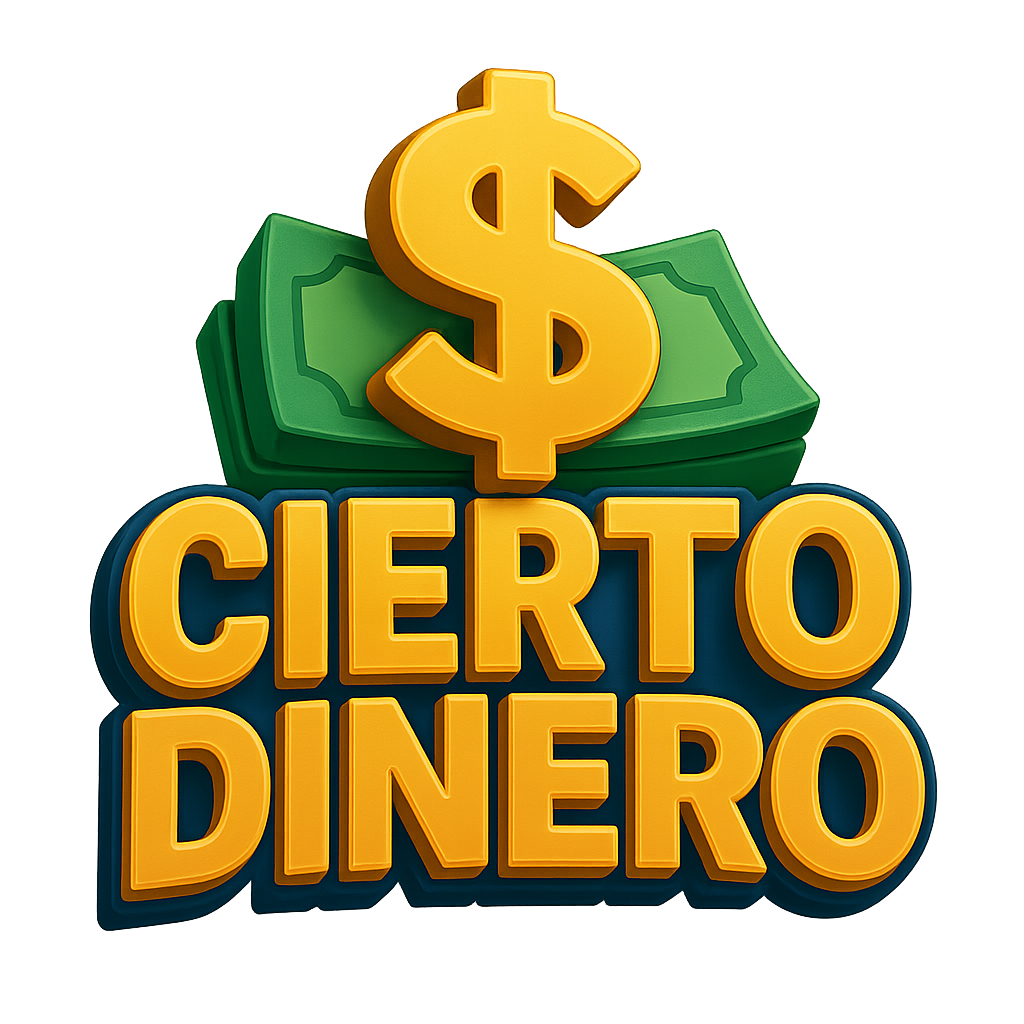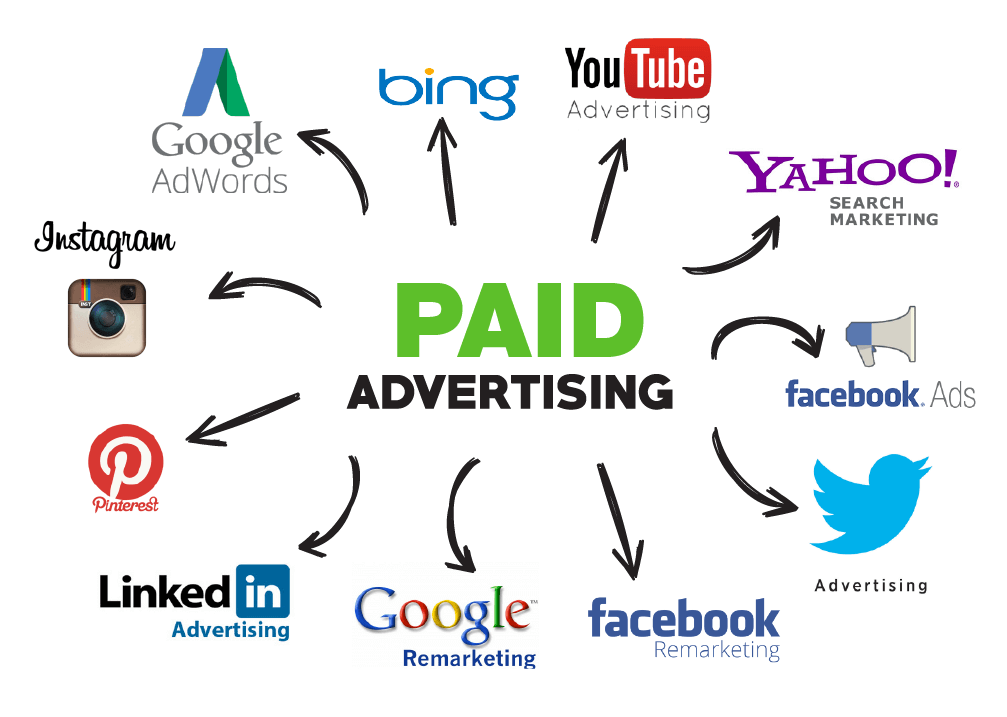Online advertising continues to be one of the fastest-growing areas of digital marketing. As users increasingly shift away from traditional media, businesses must leverage paid advertising on social media to reach their target audience effectively. Platforms like Google Ads, Facebook Ads, Twitter Ads, and YouTube Ads offer various ad formats, each catering to different marketing objectives such as brand awareness, website traffic, and conversions.
This guide will explore the four best ways to buy paid advertising on social media, incorporating key SEO strategies, keywords, and structured content for maximum engagement and effectiveness.
1. Google Ads: Search and Shopping Campaigns
Google Search Network Advertising
Google Ads is one of the most widely used paid advertising platforms. The Search Network allows advertisers to display text ads that appear at the top of Google search results based on relevant keywords. The best way to optimize Google Search Ads includes:
Selecting high-performing keywords to target users actively searching for your products.
Writing compelling text ads with an engaging title, URL, and description.
Using CPC (Cost Per Click) bidding strategies to maximize ROI.
Google Shopping Campaigns
For e-commerce businesses, Shopping Campaigns are a great option. These ads include an image, price, and a product description, making them visually appealing and highly effective for conversions. Steps to set up Google Shopping Ads include:
Registering on Google Merchant Center.
Linking Merchant Center with Google Ads.
Creating a feed of product data (title, description, price, image, etc.).
Structuring campaigns and ad groups for better targeting.
By utilizing Google’s paid advertising options, businesses can drive high-quality traffic and improve conversion rates.
2. Facebook and Instagram Ads: Visual & Video Advertising
Facebook and Instagram Ads are among the most powerful paid advertising tools due to their advanced targeting options and diverse ad formats.
Boosted Posts and Display Ads
Facebook offers Boosted Posts, a simple way to increase reach and engagement on organic content. In contrast, Facebook Display Ads allow for more customization, enabling businesses to:
Target users based on demographics, interests, and behaviors.
Utilize A/B testing to determine the most effective ads.
Optimize for website clicks, lead generation, or product purchases.
Video Advertising for Brand Awareness
Video ads are one of the most engaging ad formats on Facebook and Instagram. As Mark Zuckerberg pointed out, video content attracts twice as many users compared to images or text. Businesses can implement CPV (Cost Per View) bidding strategies to improve brand awareness.
Instagram Stories Ads
Instagram Stories Ads provide an immersive full-screen experience, ideal for:
Driving quick interactions.
Showcasing products with direct CTA (Call-to-Action) buttons.
Leveraging influencer partnerships for more authentic engagement.
3. YouTube Ads: Effective Video Campaigns
YouTube is the second-largest search engine, making it an essential platform for video advertising.
TrueView In-Stream Ads
These ads play before a YouTube video and can be skipped after five seconds. Advertisers only pay when a viewer watches for at least 30 seconds or interacts with the ad. Best practices include:
Using a strong hook in the first five seconds.
Including clear CTAs leading to landing pages.
Leveraging YouTube’s detailed targeting options (age, location, interests, etc.).
Bumper Ads
Bumper Ads are six-second non-skippable ads that work best for brand recall and awareness. These ads should:
Focus on concise messaging.
Include bold visuals and brand elements.
Be used in combination with other longer video ads for better impact.
4. Mobile Advertising: Optimizing for Mobile Users
Google Play & App Advertising
With more people relying on their smartphones and tablets, mobile advertising is crucial. Businesses can run Universal App Campaigns (UAC) on Google Play to promote app downloads. Best practices include:
Using responsive web design for landing pages.
Ensuring that ad copy is short, direct, and mobile-friendly.
Implementing mobile-friendly CTA buttons.
In-App Advertising
Advertising within mobile apps allows businesses to engage users directly where they spend most of their time. Options include:
Banner ads (static images within apps).
Interstitial ads (full-screen ads between app transitions).
Rewarded video ads, where users receive in-app benefits for watching videos.
SEO Strategies for Social Media Advertising
To maximize the impact of paid advertising, businesses must also focus on SEO strategies to improve ad relevance and performance:
1. Keyword Optimization
Use relevant keywords in ad copy and targeting to match user search intent. High-ranking SEO keywords include:
Paid advertising
Social media marketing
Facebook Ads strategy
YouTube video advertising
Mobile ad optimization
2. High-Quality Landing Pages
Ensure that ad campaigns lead to optimized landing pages with:
Fast load times.
Mobile responsiveness.
Clear CTA buttons (e.g., “Buy Now,” “Sign Up,” “Learn More”).
3. A/B Testing for Ad Performance
Regularly test different versions of ad creatives, headlines, and CTA buttons to determine which performs best.
Paid advertising on social media is essential for digital marketing success. Whether using Google Ads, Facebook Ads, YouTube Video Ads, or Mobile Advertising, businesses must apply SEO best practices, optimize targeting strategies, and regularly monitor campaign performance.
By leveraging the right ad formats, keywords, and bidding strategies, companies can significantly increase brand visibility, drive traffic, and improve conversions.

